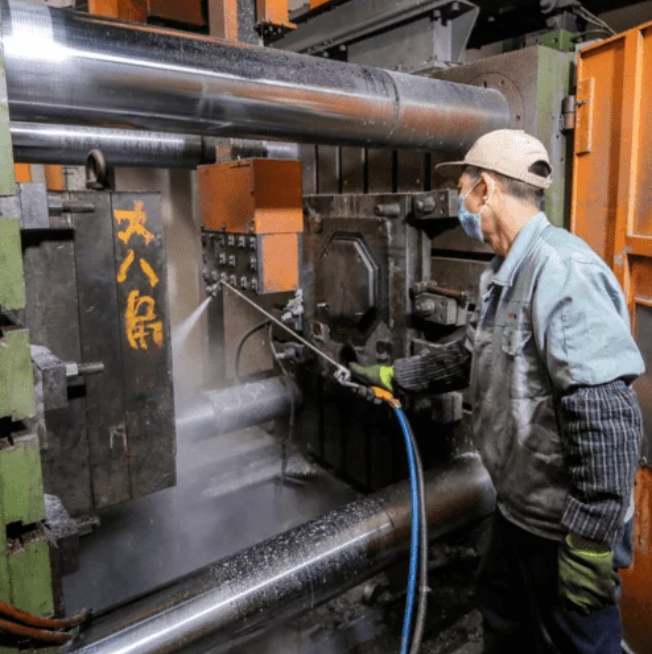Introduction
In the world of product development, prototyping plays a crucial role in advancing innovation and design. It allows designers and engineers to test their ideas, identify flaws, and make necessary improvements before bringing the product to the market. Among various prototyping materials, aluminum has gained significant popularity due to its versatility, durability, and cost-effectiveness. This article explores the process of creating an aluminum prototype and discusses the advantages it offers in advancing innovation and design.
Advantages of Aluminum Prototyping
1. Versatility: Aluminum is a highly versatile material that can be molded into various shapes and sizes, making it suitable for a wide range of products. Whether it is a complex mechanical part or a sleek consumer product, aluminum can be easily cast, machined, or formed to meet the desired specifications.
2. Durability: Aluminum is known for its exceptional strength-to-weight ratio, making it a durable material for prototyping. It can withstand high temperatures, corrosion, and wear, ensuring that the prototype remains intact even under rigorous testing conditions. This durability is especially important when creating prototypes for products that will undergo extensive use or face harsh environments.
3. Cost-effectiveness: Compared to other metals like steel or titanium, aluminum is relatively inexpensive, making it a cost-effective choice for prototyping. The lower material cost allows designers to experiment with multiple iterations of their product, refining and improving it without incurring significant expenses. Additionally, aluminum’s machinability and recyclability further contribute to cost savings during the prototyping process.
Creating an Aluminum Prototype
1. Design: The first step in creating an aluminum prototype is to develop a detailed design of the product. This involves conceptualizing the product, creating 3D models, and finalizing the specifications. The design should consider the functional requirements, aesthetics, and manufacturability of the product.
2. Material selection: Once the design is finalized, the appropriate aluminum alloy is selected based on its properties and compatibility with the product. Different alloys offer varying strengths, corrosion resistance, and machinability, so careful consideration is necessary to ensure the suitability of the chosen material.
3. Manufacturing process: There are several manufacturing processes that can be used to create an aluminum prototype, including casting, CNC machining, and 3D printing. Each process has its advantages and limitations, and the choice depends on factors such as the complexity of the design, required precision, and time constraints.
4. Testing and refinement: After the prototype is manufactured, it undergoes rigorous testing to evaluate its performance, functionality, and durability. Feedback from testing helps identify any design flaws or areas of improvement. The prototype can then be refined, and the process is repeated until the desired outcome is achieved.
Advancing Innovation and Design
The use of aluminum prototypes significantly advances innovation and design in several ways:
1. Rapid iteration: Aluminum prototyping allows for rapid iterations of the product design, enabling designers to experiment with different concepts and make quick improvements. This iterative process accelerates the innovation cycle, bringing products to the market faster.
2. Functional validation: Aluminum prototypes enable designers to test and validate the functionality of their product before mass production. By identifying any flaws or design errors early on, costly mistakes can be avoided, and the final product can be optimized for performance and usability.
3. Improved collaboration: Aluminum prototypes serve as tangible representations of the product, facilitating effective communication and collaboration among designers, engineers, and stakeholders. This shared understanding helps align everyone’s vision and ensures that the final product meets the desired specifications.
4. Cost and time savings: By creating aluminum prototypes, designers can identify and rectify design issues early in the development process, reducing the chances of costly redesigns during mass production. This leads to significant cost and time savings, as the product is optimized for manufacturability and performance from the start.

Conclusion
Aluminum prototyping offers numerous advantages in advancing innovation and design. Its versatility, durability, and cost-effectiveness make it an ideal material for creating prototypes of various products. From rapid iteration to functional validation, aluminum prototypes enable designers to refine their ideas, enhance collaboration, and save costs and time. As technology continues to evolve, aluminum prototyping will remain an invaluable tool in bringing innovative ideas to life.
-

- Էլեկտրոնային հեծանիվների համար մագնեզիումի համաձուլվածքի ձուլման մասեր և բաղադրիչներ
-

- Մանգենիումի համաձուլվածքի ձուլման մետաղական արգելակներ Thixomolding
-

- Մագնեզիումի համաձուլվածքի ձուլում Ավտոպահեստամասերի լուսարձակների շրջանակ
-

- Magnesium alloy die-casting rigid fork for bike
-

- Մեծածախ մագնեզիումի խառնուրդ մանկական ցիկլ 3-ից 5 տարեկան 12 դյույմ մանկական ցիկլ OEM էժան
-

- Thixomolding parts & components mobile phone middle board processed

 0086-750-5616188
0086-750-5616188 +86 13392089688
+86 13392089688 sales@zhongmei-tech.com
sales@zhongmei-tech.com







